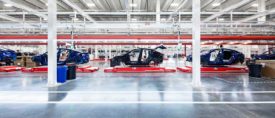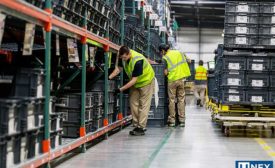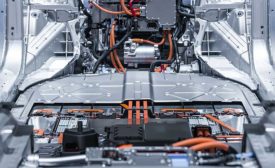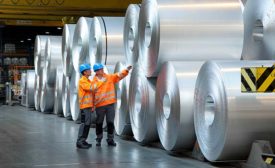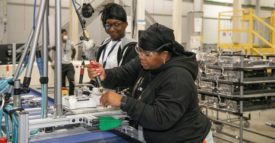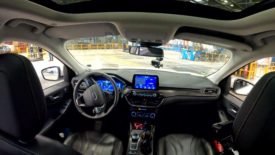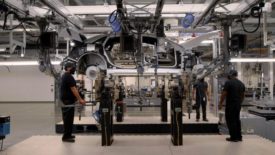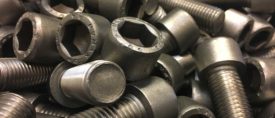Industries
Tesla Rethinks the Assembly Line
The “unboxed” production concept could slash EV manufacturing costs and reduce factory space.
May 8, 2023
Flow Racks Keep Parts Moving at Automotive Supplier
Heavy duty rollers accommodate large and small totes.
May 8, 2023
Fastening Tools for EV Assembly
Special fastening tools are need to ensure safety and quality when assembling battery packs for EVs.
May 4, 2023
Inside GE Appliance's State-of-the-Art Water Heater Assembly Plant
A factory that used to mass-produce refrigerators now assembles water heaters.
May 1, 2023
Assembly With Stainless Steel Screws
Stainless fasteners are ideal for applications that require strength, durability and corrosion resistance.
April 14, 2023
Vision System Inspects Bearing Assemblies
High-speed cameras met cycle time requirement of less than one second.
April 12, 2023
Never miss the latest news and trends driving the manufacturing industry
Stay in the know on the latest assembly trends.
JOIN TODAY!Copyright ©2024. All Rights Reserved BNP Media.
Design, CMS, Hosting & Web Development :: ePublishing

